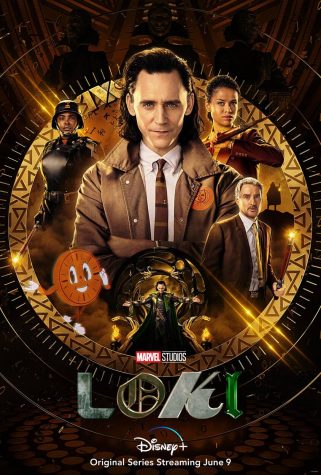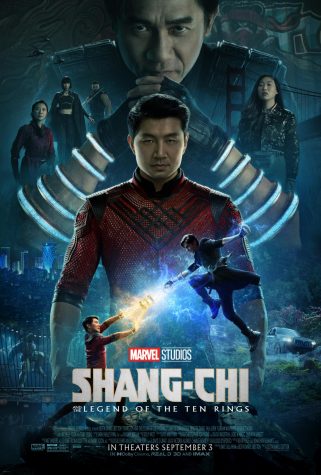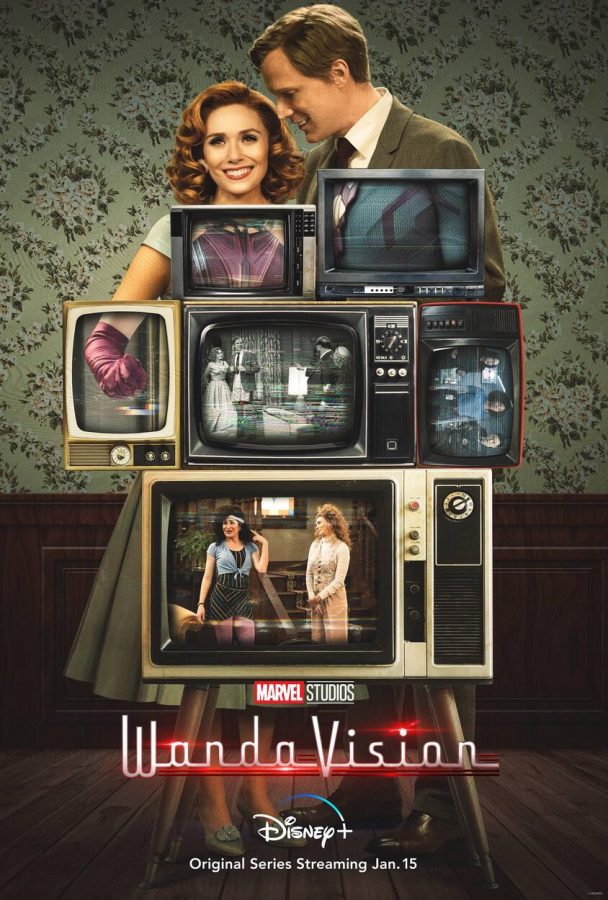A Look into Marvel Phase Four
October 28, 2021
The release of “Avengers: Endgame” in 2019 heralded the end of an era in Marvel’s Cinematic Universe. Plotlines that were years in the making were drawn to an end, and fans were forced to say goodbye to many beloved characters. However, the record breaking movie signaled not only a change in storyline, but also a new era in film and media style.
In Jan. 2021, Marvel premiered “WandaVision,” their first television series, with massive success. The show came with a host of new storytelling styles, including homages to historical eras and moments of breaking the fourth wall. These choices allowed them to bring a lighthearted tone to the surface of the piece—keeping with their signature humor that has endeared so many characters to the fanbase—while progressively revealing much darker and more serious undertones. The series allowed for greater suspense with mysteries popping up from episode to episode, and the style of the weekly releases mirrored the fragmented development of the story they were trying to tell.
The two shows released later in 2021, “The Falcon and the Winter Soldier” and “Loki,” followed this new pattern. “The Falcon and the Winter Soldier” kept to a more distinct and clear style, much more similar to older Marvel movies, while “Loki” took greater artistic liberties similar to “Wandavision.” Though it may take a bit of getting used to, the new freedoms that Marvel is taking in their media allows for a much greater range of storytelling. They are now able to tailor every new release to the story that is being told, and the changes and surprises will help keep the fanbase intrigued by the MCU.

Marvel’s “Phase Four” is now in full swing, with “Black Widow” and “Shang-Chi” having been released over the summer, and “The Eternals” and “Spider-Man: No Way Home” coming in November and December respectively. Though all of these are being released as traditional movies, they are showing differences in other ways. They demonstrate an effort on Marvel’s part to work for diversity in their media. “Black Widow” featured a montage of badass female combatants, while “Shang-Chi” had an almost entirely Asian American and Pacific Islander (AAPI) cast. While progress can definitely still be made, it is a step in the right direction, and will hopefully set a trend that can be carried throughout Phase Four and beyond.

In addition to the Marvel movies being released towards the end of this year, the first episode of “Hawkeye” will premiere on Nov. 24. After the success of their three shows in early 2021, fans and critics alike are excited to see where this show will take the story and the characters. It is set to feature a combination of old and new Marvel. Jeremy Renner will be “Clint Barton,” a character that dates back to the first “Thor” movie in 2011, while Hailee Steinfield brings a new angle on the Hawkeye character as Kate Bishop. Florence Pugh is also a major cast member as Yelena Belova—the adoptive sister of Natasha Romanoff (the Black Widow), whose first appearance came in the “Black Widow” movie earlier this year. On top of this, Marvel is also releasing the second Doctor Strange movie, “Doctor Strange and the Multiverse of Madness,” which has been set as Marvel’s first horror film. This concept is very exciting to many fans and shows Marvel’s theme of adventuring into new areas with greater freedom.
Overall, the future of the MCU is looking bright for fans and critics alike.



